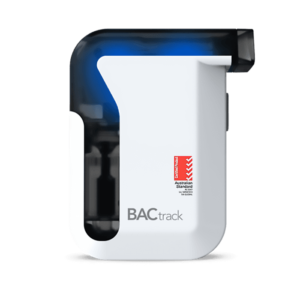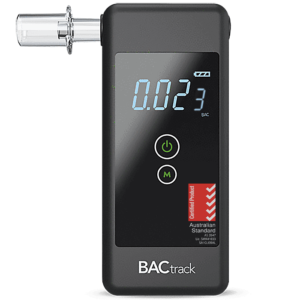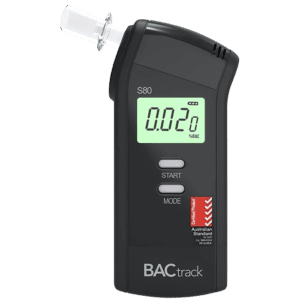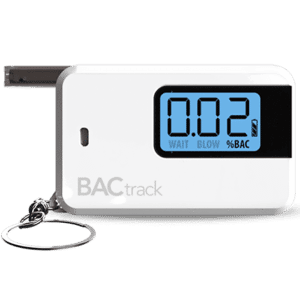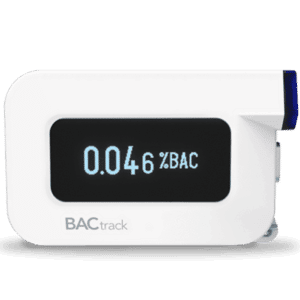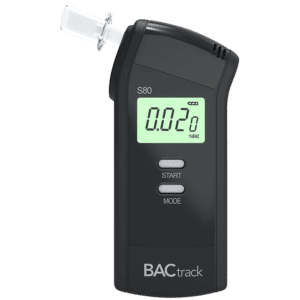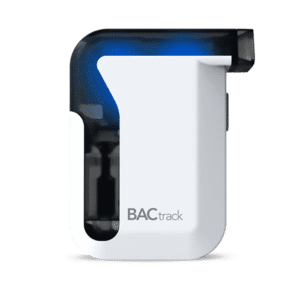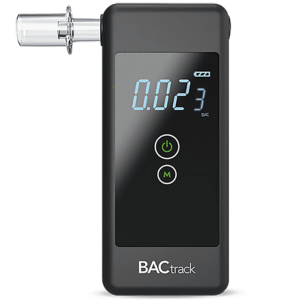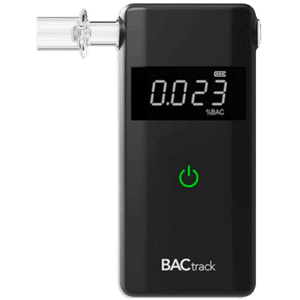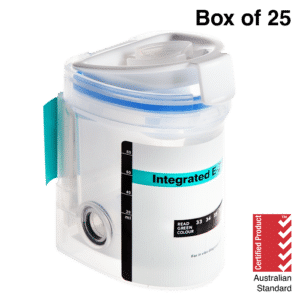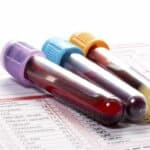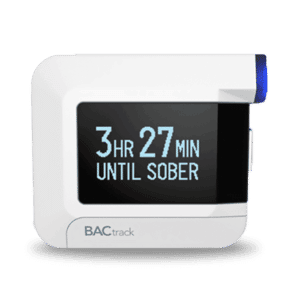Alcohol Confirmatory Test: Understanding the Gold Standard Methods for Alcohol Confirmation
05 February, 2024
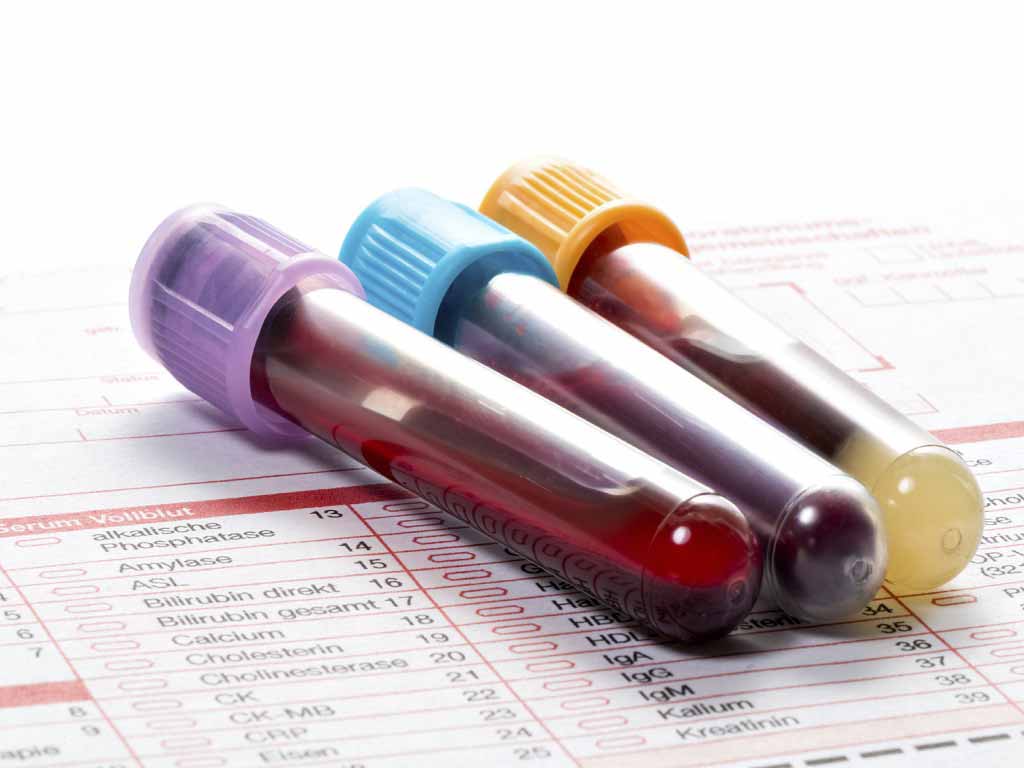
Various organisations, including workplaces and law enforcement agencies, utilise alcohol testing to help ensure safety. However, some may contest the results of an initial screening and lead to issues due to the sensitive nature of tests. Hence, alcohol confirmatory testing is crucial for ensuring reliable and accurate results. The gold standard method for alcohol confirmation is Gas Chromatography-Mass Spectrometry (GC-MS). It is a method that can accurately quantify the substances in the sample.
Confirmatory testing is crucial when conducting alcohol and drug testing. It enables companies and law enforcement to screen individuals for substance misuse and protects innocent people from the consequences of a false positive result. Understanding the gold standard methods can help people who may have to undergo a test for work, medical, or legal purposes. This article will present information on confirmatory alcohol testing, the process, and the gold standard methods.
What is an Alcohol Confirmatory Testing?
Organisations conduct alcohol screening tests for various purposes. For the screening, they may select from urine, saliva, hair, blood, or breath alcohol screening. After collection, these undergo analysis. For an initial screening, the customary analysis method is using immunoassays. However, these can only confirm the presence or absence of ethanol. It can also be prone to false positives due to external factors.
On the other hand, alcohol confirmatory testing uses more accurate and specific analysis methods. These tests are conducted after a non-negative result from an initial screening. This is typically used in legal and workplace settings because of the severe implications a positive result brings to the individual.
Confirmation testing is primarily done using blood or urine biological samples. These two tests are particularly useful because they can help with long and short-term detection. Generally, the detection window for blood tests is 6 to 12 hours, while it is 24 hours for urine tests. However, these can be prolonged to three days using an Ethyl Glucuronide (EtG) test for urine samples or weeks with a Phosphatidyl Ethanol (PEth) or a Carbohydrate-Deficient Transferrin (CDT) blood test.
Importance and Purpose
- Confirmation testing helps ensure the accuracy of the initial test result.
- It prevents people from experiencing undue consequences from false positive results.
- Confirmation tests can accurately measure the amount of ethanol in the sample and distinguish against contaminants.
- Confirmatory alcohol testing provides objective and reliable results and ensures fair and accurate assessments.
- It can help detect fraudulent practices, helping to uphold the integrity of the testing.
- This allows employers, law enforcement officers, and medical professionals to make informed decisions based on advanced technology.
- Overall, confirmatory alcohol testing helps ensure adherence to relevant policies or laws.

Alcohol Confirmatory Testing Process
The alcohol confirmatory testing procedure starts with the sample collection. For urine testing, the individual should collect a mid-stream urine specimen into the provided collection cup. Meanwhile, the blood testing collection procedure entails using needles to draw blood samples from the arm. A medical professional should conduct this to ensure safety. However, it may still cause discomfort.
Afterwards, the collector must label and seal the samples and have the individual sign the forms for the confirmatory alcohol test. They must accomplish the necessary chain of custody protocols to ensure the body samples are valid. Once they are finished with the collection procedure, they must transport them to the actual laboratory. At the laboratory, the technicians may proceed with analysis.
They may use a ceric ammonium nitrate test to conduct a qualitative analysis of the samples. It uses chemicals and equipment such as dry test tubes, glass rods, and anhydrous calcium sulphate. This method forms yellow precipitates upon detecting alcohol in the samples. GC-MS is a common option for quantitative analysis. A confirmatory report will usually take 24 to 48 hours.
Is There Still a Risk for False Positives?
Yes, there are still risks of a false positive result even while using GC-MS for analysis. Although it is highly accurate and reduces the risk to almost zero, errors may still occur. One example of a situation where this may occur is if the samples are contaminated or tampered with. Hence, collectors must ensure the validity of the specimen during the collection procedure.
There is also a chance of a false negative if the specific compounds from cross-reactivity were not taken into account during analysis. Hence, laboratory testing facilities must ensure they have up-to-date equipment and qualified collectors to reduce the likelihood of inaccurate results.
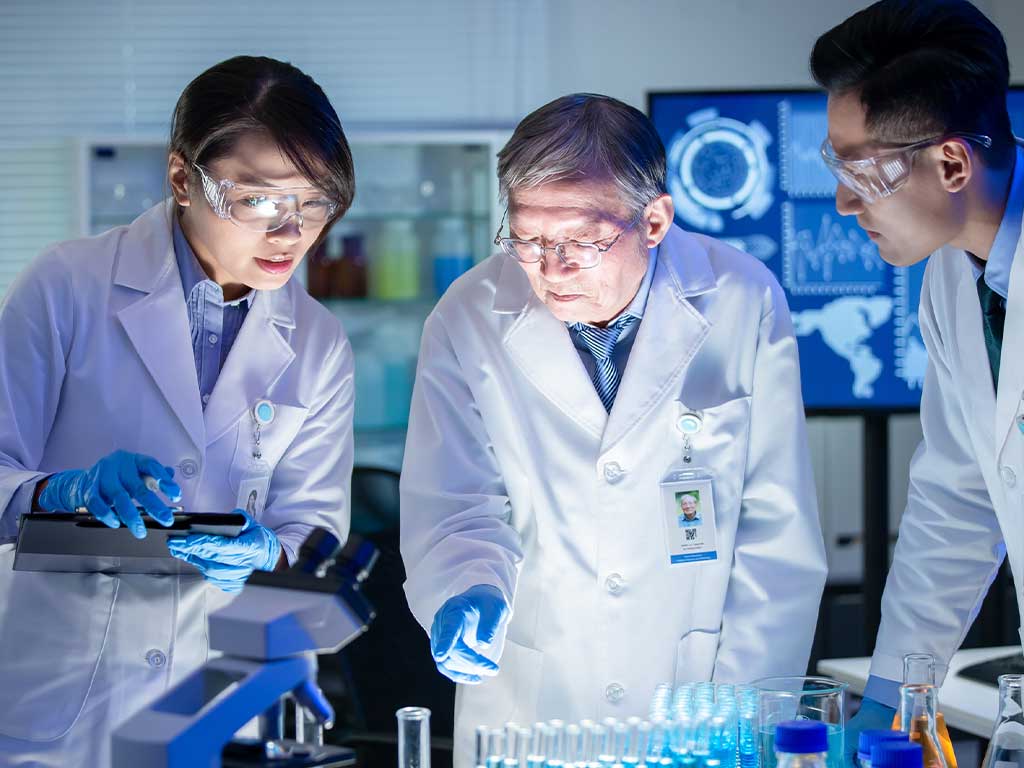
Gold Standard Methods for Alcohol Confirmatory Testing
The gold standard method for alcohol confirmatory testing refers to the most reliable and accurate technique for tracing the presence of alcohol in the sample. In Australia, the most widely accepted gold standard method is GC-MS. This is because it can accurately quantify the amount of the substance in the sample.
GC-MS starts by using gas chromatography to separate the compounds in the body sample. It does this by heating the mixture with hot gases until they split. Then, mass spectrometry classifies the ions according to their mass-to-charge ratio. Afterwards, the analysts will use the computer to identify each unique component based on their unique molecular fingerprints.
Another well-known analysis method is Liquid Chromatography-Mass Spectrometry (LC-MS). This functions similarly to GC-MS. However, it uses a liquid carrier instead of a gas. Lastly, a more advanced version of LC-MS is Liquid Chromatography-Tandem Mass Spectrometry (LC/MS-MS), which uses two mass spectrometry detectors. Overall, these methods can all provide accurate quantitative confirmatory reports.
Why Is It Accurate and Reliable?
GC-MS is accurate and reliable because it can separate, detect, and identify individual components in a complex sample. By utilising two advanced techniques to take charge of separation and identification separately, this method can produce highly accurate reports. Hence, various industries also use GC-MS outside of alcohol and drug testing. This includes pharmaceuticals, forensics, and food safety.
Moreover, accredited laboratories follow the specified cut-off levels in AZ/NZS 4308:2008 or 2023 for urine testing. This standard helps ensure that testing for substances meets the necessary expectations. This further adds to the reliability and accuracy of the results using GC-MS.
Conclusion
Alcohol confirmatory testing is crucial to ensure the accuracy and reliability of alcohol and drug testing. This occurs after an initial test produces a non-negative result. It requires laboratory analysis using specialised methods and equipment to verify the presence of alcohol in the sample. The gold standard method is GC-MS. However, newer methods can also provide similar results, such as LC-MS and LC/MS-MS. These techniques can accurately quantify the amount of substance in the specimen.
Blood or urine samples are the ones commonly used for confirmation testing. However, saliva samples are also viable. Nevertheless, trained collectors must follow proper chain-of-custody protocols during the collection. This is to prevent contamination or adulteration of the samples. Afterwards, they must ensure proper storage and handling during transport to the accredited laboratory. Then, the analysis may start. It may take 24 to 48 hours for the lab to finish the reports.


















